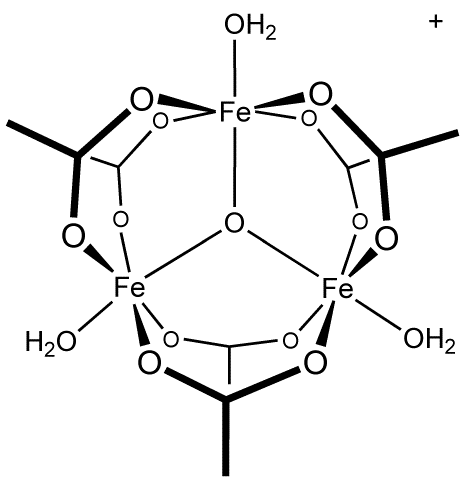 Lesson: Fire produces CO2What Happened: Hydrocarbon + oxygen = carbon dioxide + water + heat
Lesson: Fire produces CO2What Happened: Hydrocarbon + oxygen = carbon dioxide + water + heat
According to
The Joy of Chemistry: The Amazing Science of Familiar Things
(pages 79-81), combustion chemistry is another redox reaction. In this one, a hydrocarbon (a compound made solely of hydrogen and carbon) mixes with oxygen. The carbon is (literally) oxidized, losing electrons to the oxygen atoms, and the oxygen gains enough electrons to attract the hydrogen into forming H2O. Here is what we did:
Materials

Safety goggles
Rubber gloves
Votive candle
Wooden match
2 small clear glass jars
Water
Fish tank indicator
Piece of white paper
Balloon
Drinking straw
Ice cube

1. Pour 4 teaspoons (20 ml) of water into a glass.
2. Add 2 drops of fish-tank pH indicator.
3. Put the glass and one of the empty glasses on a white piece of paper. The water should look faintly green-blue.
4. Light the candle. Invert the empty glass over it. Allow the flame to burn out.
5. Turn the glass over and IMMEDIATELY pour the water

solution into it.
6. QUICKLY cover the glass with your hand. Swirl the solution around to mix with the gases from the flame.
7. Put the glass back on the paper. It should have changed color.
8. To test that CO2 was the cause of the color change, make another indicator solution as before in clean glass. Blow up a balloon and pinch closed. Put a straw into the opening of the balloon so that the gas goes into the solution. It should change color the same way.
We also did the next demonstration, to prove that fire produces H2O (page 80):
Materials
Votive candle
Wooden match
1 small clear glass jar
Ice cube
1. Light the candle. Hold the glass over it. Place an ice cube on top.
2. Water will condense inside the glass.
 Most Kitchen Chemistry is aimed at little kids. This course has you thinking about the molecular basis for building up resistance to the heat of the jalapeno peppers, how copper helps holds together the molecules that make up meringue, and the scaffolding of dough formation.
Most Kitchen Chemistry is aimed at little kids. This course has you thinking about the molecular basis for building up resistance to the heat of the jalapeno peppers, how copper helps holds together the molecules that make up meringue, and the scaffolding of dough formation. And from the look of the photo from their class website, it looks like these college students are having fun!
And from the look of the photo from their class website, it looks like these college students are having fun!


